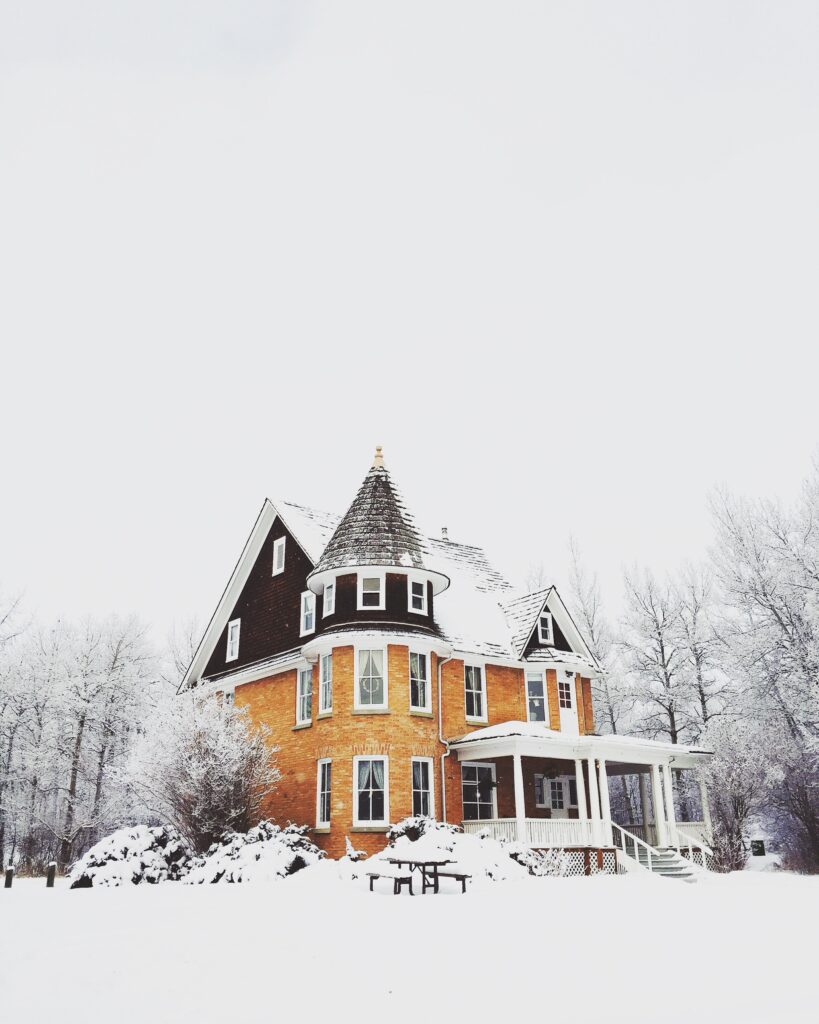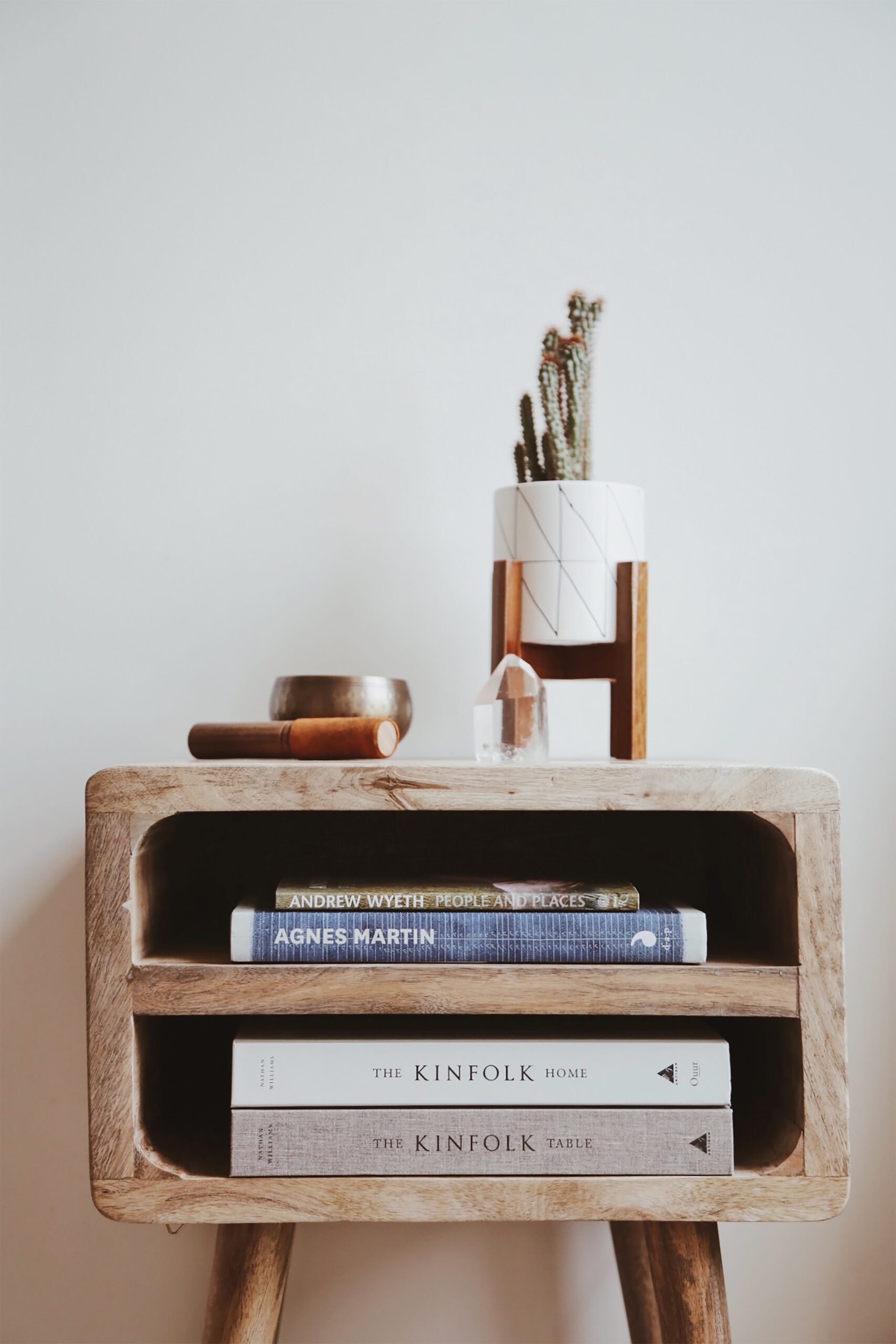So, you’ve joined the trend of converting shipping containers into stylish homes, but now you find yourself yearning for a refreshing dip in the pool on those hot summer days. Well, fear not, because in this article we will explore the best ways to incorporate a pool into your shipping container home. Whether you dream of a sleek and modern lap pool or a luxurious oasis complete with a waterfall, we’ve got you covered. Get ready to dive into the world of container home pools and discover the endless possibilities that await you.



This image is property of images.unsplash.com.
Understanding The Logistics
Assessing the Space
When it comes to adding a pool to your shipping container home, the first step is to assess the available space. Consider the size and shape of your property, along with any existing structures or landscaping that may need to be taken into account. This assessment will help determine the ideal location and size for your pool.
Evaluating Soil and Ground Condition
Before starting the pool construction process, it’s crucial to evaluate the soil and ground condition of your property. This will ensure that the ground is stable enough to support the weight of the pool. Consulting with a professional engineer or geotechnical expert will help you determine if any additional groundwork or reinforcement is necessary.
Reviewing Local Zoning Rules and Regulations
Before moving forward with your pool project, it’s important to review the local zoning rules and regulations regarding pool installations. Check with your municipality or homeowner’s association to determine if any permits or approvals are required. This step will help ensure that your pool is built in compliance with the local codes and regulations.
Estimating Budget and Timeframe
Understanding the logistics of adding a pool to your shipping container home also includes estimating the budget and timeframe for the project. Consider factors such as the size and design of the pool, labor costs, materials, and any additional features or amenities you wish to incorporate. It’s helpful to consult with pool contractors to get accurate cost estimates, and to allow for flexibility in the project timeline.
Designing the Pool
Deciding the Pool Dimensions
When designing your pool, you’ll need to decide on the dimensions that best suit your needs and available space. Consider how you plan to use the pool – whether it’s for relaxation, exercise, or entertaining – and factor in the number of people who will be using it.
Planning the Pool Design
The design of your pool plays a significant role in the overall aesthetic and functionality of your shipping container home. Consider the architectural style of your home and choose a design that complements it. Additionally, think about features such as steps, benches, or a shallow lounging area that can enhance the pool’s usability and appeal.
Incorporating Safety Measures
Safety should always be a top priority when designing a pool for your shipping container home. Consider incorporating features such as pool fences, alarms, and safety covers to prevent accidents, especially if you have children or pets. It’s important to adhere to local safety regulations and guidelines when designing and installing these safety measures.
Waterproofing Considerations
Since your pool will be located within your shipping container home, it’s crucial to consider waterproofing measures. Ensure that the pool design includes proper waterproofing techniques to prevent leaks and water damage to your home’s structure. Consulting with professionals experienced in waterproofing pool installations is highly recommended.
Choosing the Pool Material
When choosing the material for your pool, consider factors such as durability, cost, and aesthetics. Options include concrete, fiberglass, and vinyl-lined pools. Each material has its pros and cons, so it’s important to research and consult with pool experts to determine the best choice for your specific needs and budget.



This image is property of images.unsplash.com.
Incorporating the Pool into Home Design
Strategically Positioning the Pool
The placement of your pool in relation to your shipping container home is essential for creating a seamless integration. Strive for a location that maximizes sunlight, privacy, and views while considering practical factors such as access to utilities and landscaping considerations. Consulting with an architect or pool designer can help you find the best position for your pool.
Matching the Pool with the Home’s Aesthetics
To create a harmonious design, it’s important to match the aesthetics of your pool with your shipping container home. Consider elements such as color schemes, materials, and architectural styles. By coordinating the design elements, you can ensure that your pool becomes an attractive and cohesive part of your overall home design.
Designing the Surrounding Space
The area surrounding your pool is just as important as the pool itself. Design a functional and inviting space by incorporating features such as lounging and dining areas, shade structures, and landscaping. Consider the overall flow and layout to create a visually appealing and comfortable outdoor living space that complements your shipping container home.
Integrating Nature and Greenery
Incorporating nature and greenery around your pool can enhance the relaxing and refreshing ambiance of your shipping container home. Consider adding plants, trees, and natural elements that complement the pool’s design and your overall outdoor space. This integration will create a more inviting and tranquil atmosphere.
Preparing the Construction Site
Marking Out the Pool Area
Before construction begins, it’s crucial to mark out the pool area accurately. Measure and stake out the dimensions of the pool to ensure that it fits within the designated space. This step helps guide the excavation process and ensures that the pool is built according to the planned design.
Clearing and Excavating the Site
Once the pool area is marked, the next step is to clear and excavate the site. Remove any obstructions such as vegetation, rocks, or debris to prepare the area for construction. Excavation involves digging out the pool area to the required depth, taking into consideration any slope or grading requirements.
Importance of Site Investigation and Soil Survey
Performing a site investigation and soil survey is crucial to assess the suitability of the ground for pool construction. This step helps identify any potential issues such as poor soil conditions, water table levels, or underground utilities that may impact the pool’s stability and functionality. Consulting with professionals specialized in site investigations will help ensure a thorough assessment.
Disposing of Excess Material
Excavation for a pool construction project often generates excess soil and material. It’s important to plan for the disposal of this material in an environmentally responsible manner. Consider options such as reusing the soil for landscaping, arranging for haul-away and disposal, or repurposing the excess material for other construction projects. Ensure compliance with local regulations for waste disposal.



This image is property of images.unsplash.com.
Building the Pool Structure
Pouring the Foundation
The foundation is a crucial element in constructing a stable and durable pool. Depending on the pool design and material, this step may involve pouring a concrete foundation, installing a prefabricated base, or constructing a framework for a vinyl-lined pool. Proper curing and reinforcement are essential to ensure a solid foundation.
Creating Pool Walls
Once the foundation is in place, the next step is to construct the pool walls. This may involve building walls with concrete or assembling pre-made panels for a fiberglass or vinyl-lined pool. The walls are a vital component that provides the structure and shape of the pool.
Installing the Pool Floor
After the walls are in place, it’s time to install the pool floor. This step involves adding a layer of concrete or preparing the surface for a vinyl liner or other pool materials. Proper leveling and smoothing techniques are essential to ensure a comfortable and safe pool floor.
Adding the Necessary Fittings
To complete the pool structure, it’s important to add the necessary fittings such as skimmers, drains, and return jets. These fittings are essential for proper circulation and maintenance of the pool water. Carefully consider their placement and consult with pool experts to ensure optimal functionality.
Waterproofing and Finishing the Pool
Applying the Waterproofing Layer
Proper waterproofing is vital to prevent leaks and water damage in your shipping container home. Depending on the pool material and design, this step may involve the application of waterproofing membranes, coatings, or other sealing techniques. Follow manufacturer guidelines and consult with professionals to ensure a reliable and effective waterproofing layer.
Adding the Pool Surface
Once the waterproofing layer is in place, it’s time to add the pool surface. This step depends on your chosen pool material and design. It may involve applying plaster, installing tiles, or overlaying a vinyl liner. Consider factors such as durability, maintenance requirements, and aesthetics when choosing the pool surface.
Ensuring a Non-Slip Finish
To prioritize safety, it’s important to ensure a non-slip finish on your pool surface. This is especially crucial for areas with high foot traffic or where water splashing is common. Choose non-slip materials or add a textured coating to maintain a secure and slip-resistant pool environment.
Testing for Leaks
Before filling the pool with water, it’s essential to test for any potential leaks. Perform a thorough inspection of the pool structure, fittings, and waterproofing layers. Also, conduct a hydraulic pressure test to ensure that the pool can withstand the water pressure without any signs of leakage. This step will help identify and address any issues before the pool is completed.
Adding Pool Systems and Features
Pool Filtration System
To maintain clean and clear water in your pool, the installation of a pool filtration system is necessary. It helps remove impurities and debris from the water, keeping it safe for swimming. Consult with pool professionals to determine the most suitable filtration system based on your pool size, usage, and maintenance preferences.
Installing Heating and Lighting
If you intend to use your pool year-round or want to enhance the ambiance, consider installing heating and lighting systems. Heating options may include solar heaters, heat pumps, or gas heaters, depending on your budget and preferences. Lighting can be achieved through various options such as LED lights, fiber optics, or underwater lighting, adding a magical touch to your pool area.
Adding a Pool Cover
A pool cover is an essential feature that helps conserve energy, reduces evaporation, and prevents debris from entering the pool when not in use. Choose a cover that fits your pool’s dimensions and consider options such as manual or automated covers for convenience and ease of use. Additionally, consult with pool experts for safety features and recommendations.
Incorporating Water Features
To enhance the aesthetics and create a soothing atmosphere, consider incorporating water features into your pool design. Options include waterfalls, fountains, or jets that create a relaxing environment and add movement to the pool. Ensure that these features align with your budget, the pool’s structure and design, and adhere to any local regulations.
Safety Measures
Installing Pool Fences and Gates
When adding a pool to your shipping container home, it’s crucial to prioritize safety by installing pool fences and gates. These physical barriers help prevent unauthorized access and reduce the risk of accidents, especially for families with young children or pets. Ensure that the fences and gates comply with local safety regulations and guidelines.
Incorporating Anti-Entrapment Devices
To prevent entrapment accidents, incorporate anti-entrapment devices such as suction release systems, safety vacuum release systems, or multiple main drains with coverings. These devices help minimize the risk of entanglement or entrapment by regulating the flow and pressure in the pool. Consulting with pool professionals will ensure these safety measures are properly installed.
Emergency Safety Equipment
Maintaining emergency safety equipment in close proximity to your pool is crucial. This equipment includes items such as life rings, safety hooks, a first aid kit, and a phone for quick access to emergency services. Regularly inspect and update this equipment to ensure it is readily available and in proper working condition.
Regular Safety Checks and Maintenance
To ensure ongoing safety, regular safety checks and maintenance should be incorporated into your pool care routine. This includes inspecting fences, gates, and safety equipment for any signs of wear or damage. Regularly test and maintain pool systems such as filtration, heating, and lighting to ensure they are in proper working order. Additionally, keep pool chemicals stored safely and follow manufacturer guidelines for usage and storage.
Maintenance and Care
Routine Cleaning
Regular cleaning of your pool is essential to keep the water clear and safe for swimming. This includes skimming the surface for leaves and debris, vacuuming the pool floor, and brushing the walls to remove any algae or buildup. Additionally, regularly clean and maintain pool filters and other equipment to ensure optimal functionality.
Balancing Water Chemistry
Maintaining the proper balance of chemicals in your pool water is crucial for optimal water quality. Regularly test the water chemistry for pH levels, chlorine or sanitizer levels, and alkalinity. Adjust these levels as necessary to ensure a safe and comfortable swimming environment. Consult with pool experts or utilize water testing services for accurate and reliable results.
Detecting and Repairing Leaks
Regularly inspect your pool for any signs of leaks, such as water loss or moisture accumulation. If you suspect a leak, conduct a thorough investigation to identify the source. Once the location of the leak is determined, consult with professionals to repair it promptly, ensuring the longevity and structural integrity of your pool.
Winterizing Your Pool
If you live in an area with cold winters, proper winterizing is essential to protect your pool from damage. This includes lowering the water level, draining and winterizing pool systems, and adding a winter cover. Consult with pool professionals or utilize winterizing services to ensure all necessary steps are taken to protect your pool during the winter months.
Incorporating Sustainability
Using Solar Heaters
To reduce energy consumption and environmental impact, consider incorporating solar heaters for your pool. Solar heating systems utilize the sun’s energy to warm the pool water, reducing the need for traditional heating methods. This sustainable option can save both energy and money in the long run.
Installing LED Lights
LED lights are a great sustainable choice for illuminating your pool area. They are energy-efficient, long-lasting, and offer a variety of color options. LED lights not only create an inviting ambiance but also reduce energy consumption and lower your environmental footprint.
Conserving Water
Water conservation should be a priority when owning a pool. Implement measures to reduce water consumption, such as using a pool cover to minimize evaporation, repairing any leaks promptly, and minimizing splashing or overflow. Additionally, consider utilizing rainwater harvesting systems to replenish your pool water.
Utilizing Salt Water
Consider utilizing a saltwater system for your pool instead of traditional chlorine-based treatments. Saltwater pools use electrolysis to convert salt into chlorine, providing a more natural and sustainable approach to water sanitation. This not only reduces the need for chemical additives but also creates a gentler and more enjoyable swimming experience.
In conclusion, adding a pool to your shipping container home requires careful planning, consideration of logistics, and adherence to safety regulations. By assessing the space, designing the pool, integrating it into your home’s aesthetics, and prioritizing safety and maintenance, you can create an inviting and functional pool area that complements your shipping container home. Incorporating sustainability measures further enhances the eco-friendly aspects of your pool, allowing you to enjoy its benefits while minimizing environmental impact.
